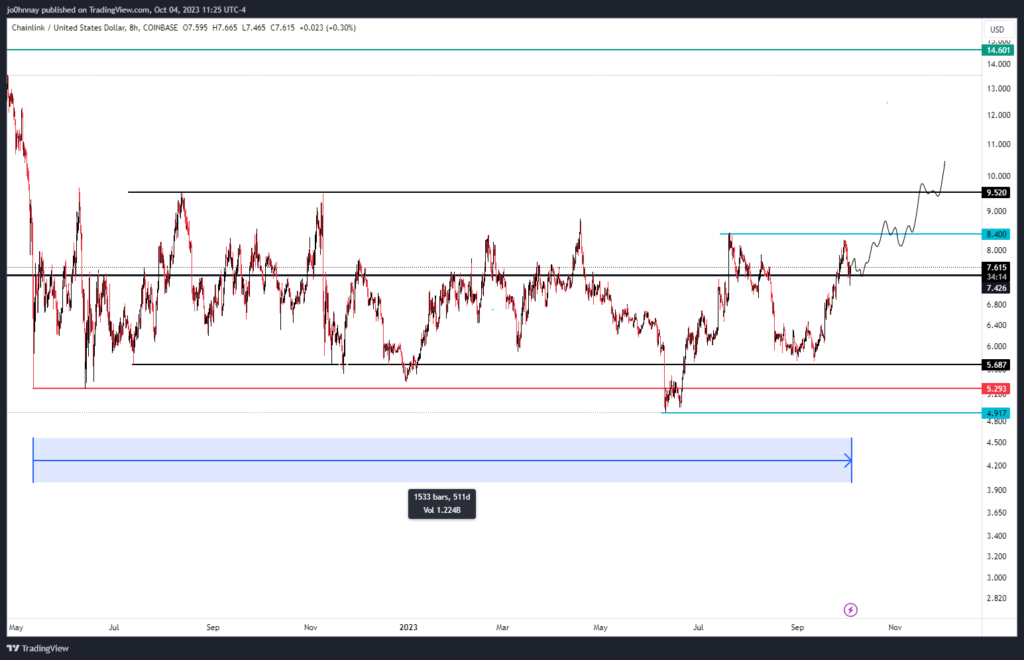Australia has been one of the biggest beneficiaries of the fintech boom, which has led to a new generation of traders and investors operating in the online marketplace. The country has been buoyed by forward-thinking legislation that acts to both safeguard traders and regulate brokers while also maintaining a fertile landscape for online trading activity. As such, some studies have shown that there may be more retail traders per capita in Australia than anywhere else on the planet.
Of course, there are many different approaches to trading, and much of it will depend on your overall goals. Some traders simply might want to play the markets as a hobby, whereas others might want to build a portfolio that eventually allows them to trade professionally or, best of all, retire early. But while there are many unique trading strategies, there are two types of overarching strategy that all new traders should be aware of: Technical Analysis (TA) and Fundamental Analysis (FA). They are two sides to the same coin, but they can also overlap and influence each other. One of the problems, however, is that they should both be factored into a trading strategy.
What is Technical Analysis?
By and large, TA is a strategy built on analysing the charts, looking at volume, historical price data, trends, patterns, and so on. It is a vast subject matter. For instance, AvaTrade Australia currently lists guides to 50 unique technical analysis strategies for trading, ranging from how to trade moving averages to the Eliott Wave Theory. There is much to learn, but like a lot of financial trading strategies, TA can be picked up relatively quickly. And once you understand the basics, it’s quite easy to get the hang of it. Nonetheless, TA allows you to pinpoint relative value in the charts, giving you opportunities to buy or sell, go short or long, or take advantage of other derivatives like CFDs.
What is Fundamental Analysis?
FA, which is sometimes called Macro Analysis, is a look at the context of the broader economy or industry, i.e., macro factors. For example, if there is a disruption to oil production in Saudi Arabia or gas production in Qatar, then the prices of those commodities may rise. If the disruption is significant, then any TA strategy might be rendered meaningless. Technical actors like moving averages (general price action over time) and support/resistance may be blown out of the water as the fundamentals of the sector come into play.
Traders need to see both sides of the coin
As hinted earlier, one of the issues, particularly for novice traders, is putting too much stock on either TA or FA. Indeed, even experienced TA traders might get so consumed by the charts that they ignore the wider macro environment. It is an example of the old saying, “you can’t see the wood for the trees”. And at the same time, those looking for the input of broader economic factors may miss what the charts are screaming at them.

A real-world example of TA vs. FA
Those outside of the banking and crypto sectors may never have heard of Chainlink, but it is one of the most interesting crypto assets at the moment. Moreover, as a case study for TA vs. FA, it may be one of the best examples, at least in hindsight. Chainlink is an oracle project that has the broad goal of linking blockchains together, making them interoperable. It does other things, too, but that quick overview is enough for the moment.
Now, Chainlink’s token, LINK, has been ranging for a remarkably long time, well over 500 days. What that means is that the token’s value has been set between relatively narrow upper and lower prices for almost a year and a half. The upper level (resistance) is somewhere around $9.50 (USD), and the lower level (support) is around $5. TA traders will have been comfortably buying support and selling resistance for 18 months.

But what happens when the range breaks? And why might it break? Good TA traders will recognise a breakout, regardless if it is upwards or downwards. But there are macro events that could catch TA traders off-guard, not least Chainlink’s partnerships with SWIFT and large banking groups, including ANZ here in Australia. If some announcement comes that realises Chainlink’s ambitions to be the bridge between traditional banking and crypto, then traders will need to incorporate that FA into their strategy quickly.
Conclusion: Successful Trading Requires a Multi-Pronged Approach
It should be abundantly clear, then, that successful traders will use a combination of TA and FA. The key is finding a balance between the two. In practice, that is not always as easy as it sounds. As you gain experience, you might better walk the fine line between the two, but you should never forget to factor in your decisions without referencing both TA and FA.
